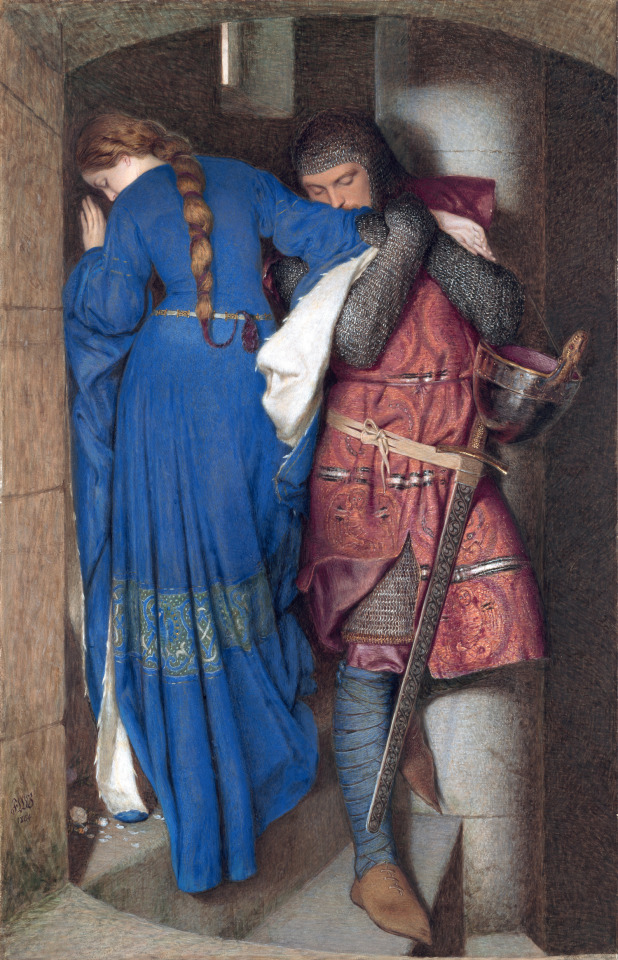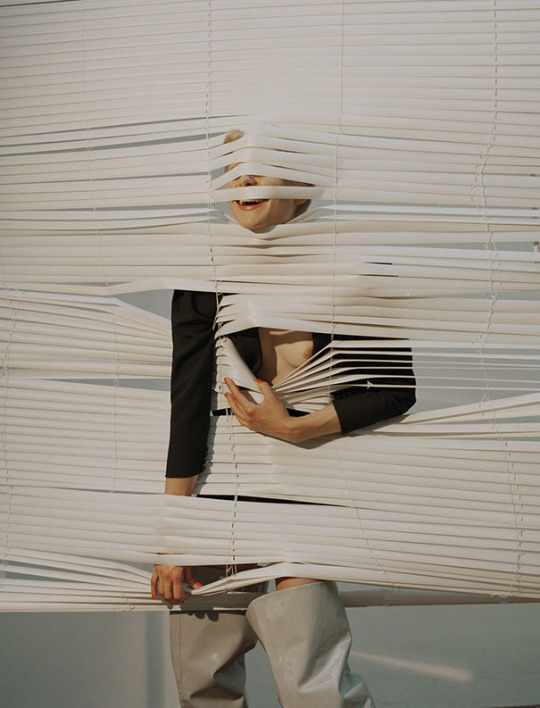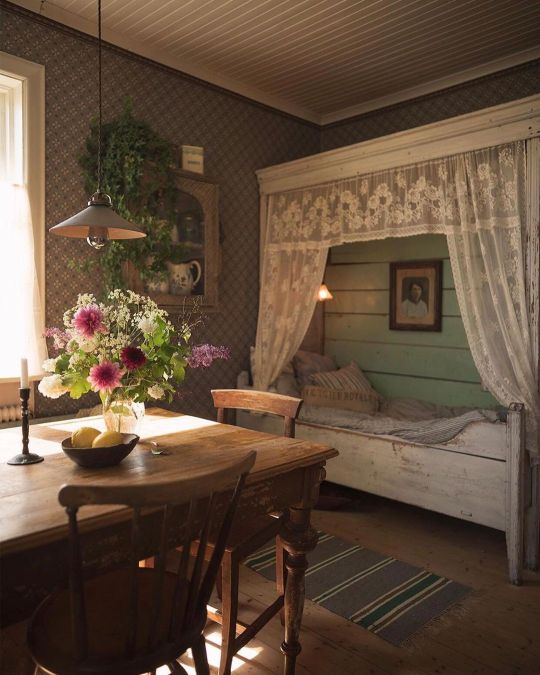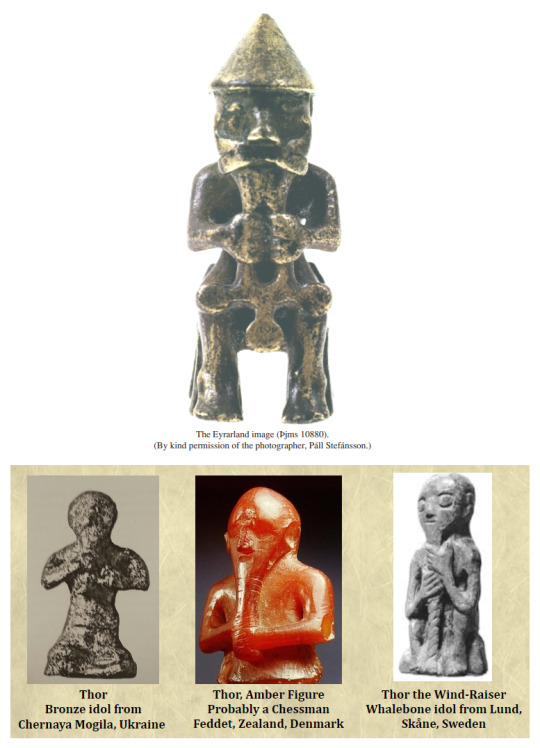#(scandinavian)
Explore tagged Tumblr posts
Text

My friend's cozy little kitchen in Finland.
9th of July, 2023
#cottagecore#photography#grandmacore#decor#aesthetic#nordic#finland#suomi#warm#cozy#Scandinavian#interior#kitchen
32K notes
·
View notes
Text

#nikon#z8#z 8#nikon z8#nikon z 8#photographers on tumblr#photography#photographers of tumblr#original photographer#photo#original photographers#nature#natural#outdoor#nature photography#nature photographer#nikkor#nikon photographer#nikon photography#landscape#view#nordic#scandinavian#scandinavia#outdoors#adventure#europe#hike#hiking#trek trekking
1K notes
·
View notes
Text

Hellelil and Hildebrand, the Meeting on the Turret Stairs by Frederic William Burton
#frederic william burton#art#lovers#hellelil#hildebrand#medieval#middle ages#chivalry#romantic#romance#knight#knights#danish#ballad#english#prince#irish#watercolour#europe#european#castle#princess#scandinavian#scandinavia#england#denmark#guard#armour#chain mail#sword
776 notes
·
View notes
Text

Wolf and Raven in Finland by Niko Pekonen
#wolves#wolf#nature photography#canis lupus#wildlife#wild animals#beautiful#animals#europe#grey wolf#raven#birds of prey#finland#scandinavian#landsacape#into the woods#nature pics#hello autumn#september
630 notes
·
View notes
Photo

Framing the Nordic Aesthetic: A Visual Journey by Jesse Latinen for Dansk Magazine
#photography#editorial#portrait#jesse latinen#contemporary#dansk magazine#fashion#scandinavian#minimalist
1K notes
·
View notes
Text


Steel and silver axe head, Scandinavian, 11th-12th Century
From the Met Museum
#axe#axe head#weapon#weapons#11th century#12th century#1000s#1100s#viking age#viking#medieval#european#scandinavian#history
322 notes
·
View notes
Text

På mormors vis (@gammsystrar)
783 notes
·
View notes
Text
Neil Gaiman was my AP art history teacher. He had a Scandinavian accent.
(Which is weird because I don’t think I’ve ever heard a Scandinavian accent before???)
462 notes
·
View notes
Text

Chokoladesnegle med Gærdej (Triple Chocolate Swirls)
#chokoladesnegle med gærdej#scandinavian#chocolate#triple#swirls#bread#baking#rolls#recipe#european#espresso#breakfast#tea time#dessert#remonce#brown sugar#chocolate chip#skandibaking
300 notes
·
View notes
Photo








gammsystrar
#scandinavian#scandinavian style#scandinavian cottage#country living#country aesthetic#summer aesthetic#summer atmosphere#spring aesthetic#spring atmosphere#spring season#cozy cottage life#cozy cottage#cottage core aesthetic#cottage core#cozy spring#spring countryside#spring cottage#countryside
1K notes
·
View notes
Text

#vikings#viking runes#vikings history#viking#vikings series#vikings valhalla#scandinavian#scandinavia#scandinavian cottage#scandinavian winter#ancient scandinavia#Scandinavian culture#viking aesthetic#viking moodboard#old stuff#old homes#old houses#ancient#nature#natural herbs#natural stones#natural#nature collection#nature aesthetic#runes#natural witch#nature core#nature lovers#nature photographer#nature photography
280 notes
·
View notes
Text

#nikon#z8#z 8#nikon z8#nikon z 8#photographers on tumblr#photography#photographers of tumblr#original photographer#photo#original photographers#nature#natural#outdoor#nature photography#nature photographer#nikkor#nikon photographer#nikon photography#landscape#view#nordic#scandinavian#scandinavia#outdoors#adventure#europe#hike#hiking#trek trekking
1K notes
·
View notes
Text

The Sea Raiders by Albert Goodwin
Depicts four Snekkjas (Viking longships) at sea amidst a flock of seagulls
#albert goodwin#art#sea#raiders#viking age#viking#vikings#snekkja#snekkjas#longship#longships#ships#boats#seagulls#europe#european#history#scandinavia#northern europe#nordic#seagull#norse#scandinavian
550 notes
·
View notes
Text

🐺🍁 by N. Pekonen
#wolf#grey wolves#wild wolf#nature photography#finland#scandinavian#forest#autumn colors#autumn leaves#birds of prey#wildlife#canis lupus
1K notes
·
View notes
Text

Four images of Thor 'The Wind Raiser' 8th-11th C. CE.
"Perkins provides numerous written examples of Norse sailors attempting to conjure up wind magic, often through the invocation of the God Thor, who is charged with special responsibility for the weather. Perkins relies on a detailed explication of a passage from the little known Icelandic þáttr (tale) to argue that, as with his better-known hammer-wielding influence over thunder, the God's control of the wind is instrumental. Perkins interprets the terms skeggrödd and skeggraust (each meaning 'beard-voice') as the act of Thor blowing out the wind. The central argument of this work is that the Eyrarland image is a plastic representation of Thor carrying out this process, using his beard in the manner of a wind instrument. Perkins is an accomplished philologist and his reading of the passage is convincing. However it is a limitation that the text is provided only in Old Norse, though passages in Latin and Russian are translated. Old Norse texts will continue to be marginalized in medieval studies if they are not made accessible to those outside the rather narrow discipline of Norse studies. An engaging and technical discussion of Scandinavian artefacts and texts will always find an audience there but other scholars are prevented from fully appreciating this argument if they cannot understand the critical texts. The argument that Thor was visualized as blowing out the wind, and that he was invoked to influence the wind leads to the conclusion that the Eyrarland image and other similar artefacts can be identified as amulets carried by those, presumably sailors, who most wanted to control the wind. Perkins briefly mentions a strikingly similar image to the Eyrarland image, the bronze Rällinge image. As this small figure is in rather an excited condition, he is usually identified with the fertility God Freyr, an identification with which Perkins concurs. However the Rällinge image too is stroking his beard, in the gesture which Perkins repeatedly characterizes as Thor's wind-raising ritual. Frustratingly, this parallel is not explored. The remaining sections of the book follow this conclusion into archaeological territory. Perkins focuses specifically on four small figures, including the Eyrarland image. The figurines were found as far apart as Iceland and the Ukraine, and made from media ranging from carved amber to cast bronze but Perkins identifies in them distinctive characteristics which, he argues, type them all as representative of Thor in his wind-raising capacity. These symbolic qualities range from the general observation that they tend to have the glaring eyes and muscular physique appropriate for textual accounts of the 'bruiser' God (p. 70), to the very specific feature that each of them appears to be holding his beard like a wind instrument and blowing into it."
-Thor the Wind-Raiser and the Eyrarland Image (review) by Katrina Burge, University of Melbourne 2005. The 3 bottom images are from the GermanicMythology website.
#vikings#thor#history#antiquities#artifacts#middle ages#medieval art#medieval history#scandinavian#kievan rus#paganism
98 notes
·
View notes
